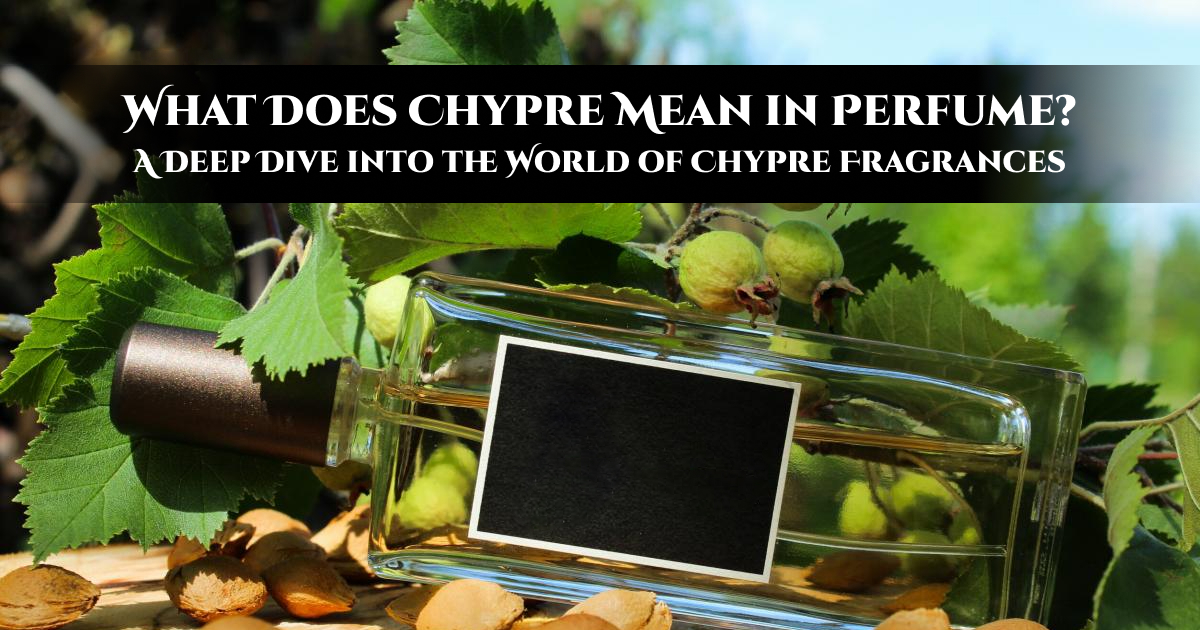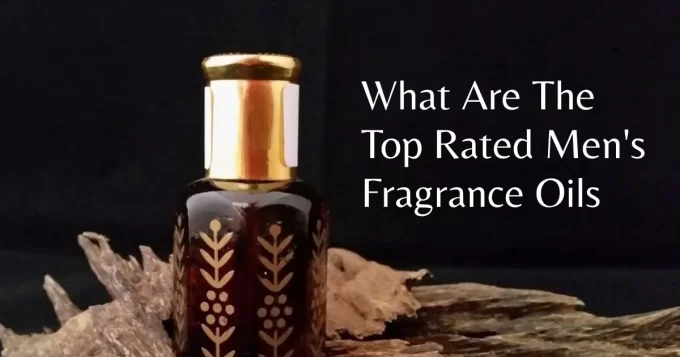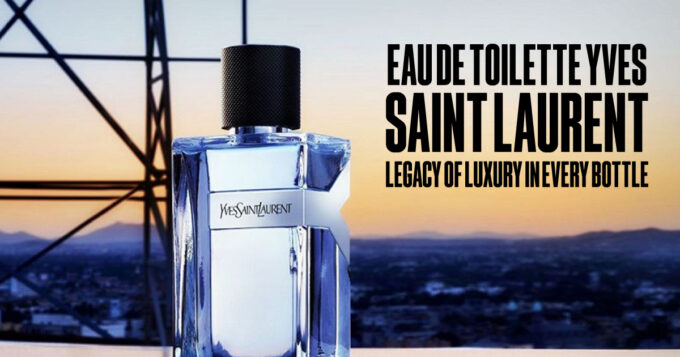Chypre Mean in Perfume
If you have ever dabbled into the world of perfumes or spent some time reading descriptions of perfume, you likely encountered the word “chypre.” For the non-perfumes, the word might sound foreign, almost exotic. However, chypre occupies a central position in the vocabulary of perfumery and constitutes one of the most honored and particular fragrance families.
But what exactly does chypre mean? And what defines a fragrance as a chypre? Let’s delve into the history, composition, and features of this intriguing family of fragrances and discover why these chypre perfumes have gained the hearts of so many worldwide.
The Historical Origins of Chypre
To appreciate chypre, however, we must take a great leap backward in time. Chypre is the French word for Cyprus, that Mediterranean island that has been a crossroads in trade, culture, and history for millennia. But why Cyprus, and how did this name come to be synonymous with a particular type of perfume? The answer lies in the rich natural ingredients of the island, which inspired many early perfumes, eventually giving rise to the famous chypre perfumes we recognize today. These fragrances combine earthy, woody, and citrus notes that have defined elegance for centuries.
There was a veritable treasure trove of aromatic materials in the Mediterranean in ancient times that was extremely prized in perfumery. Herbs, resins, and mosses were favorite ingredients in fragrance composition, and those that caught the vivid, natural atmosphere of the Mediterranean were held in special esteem. Such ‘old’ fragrances had earthy and woody undertones, often resinous or herbaceous, and most contained oakmoss and labdanum, a resin from the rockrose plant.
Yet modern chypre fragrance as it is considered today owes its origin to the legendary French perfumer François Coty. In 1917, he launched a revolutionary perfume known as Chypre de Coty, a bold and innovative composition combining citrus with florals, and earthy base notes. A huge success, Chypre de Coty launches a whole new category of perfume which at once is both incredibly classy and extremely complex: chypre.
Although Coty’s fragrance was the first to institutionalize chypre as a named fragrance type, the idea of combining citrus and floral and woody notes in a harmonious blend predates it by many generations. Cyprus, with its lush Mediterranean vegetation, used to be a natural source of inspiration for those kinds of fragrances, hence the name of the Chypre family.

Defining Chypre Fragrance Style
What, precisely, is a chypre scent? The chypre family is defined by their unique structure: three middle levels blended to form one of the more complicated and balanced smell fragments.
Top: Citrus
Chypre perfumes mostly have citrus notes, which are bright and zesty. Most commonly, bergamot most fragrant of citrus fruit-is used for perfumery purposes in the top note of a chypre perfume. Chypre perfume opens fresh, refreshing, and crisp opening itself forming a strong impression that grabs the audience’s attention at the first instance.
Floral or Fruity Middle Notes
The chypre, following the sudden citrus opening, moves on to the heart of the fragrance, where floral or fruity notes are the stars of the show. Familiar floral note chypres include rose, jasmine, and lily of the valley, while fruity chypres may feature peach or blackcurrant. These middle notes warm and soften the scent, adding a touch of sweetness to cut through to the earthiness that follows.
Woody and Mossy Base Notes
The real soul of the base of a chypre fragrance is its earthy, woody, and mossy notes. Combined at the base of the scent, these earthy, woody, and mossy fragrances mingle with one another to create depth and longevity, which chypre perfumes are famous for.
Oakmoss is the chypre base’s signature perfume note, but it’s often joined by others like patchouli, labdanum, and vetiver, all of which help give chypre fragrances their grounding, almost forest room quality. Base notes are rich, dry, and complex with a robust, long-lasting scent profile for the perfume.
With its sparkling citrus, romantic florals, and earthy moss undertones, this serves to be harmony itself and balance, defining the chypre family as a fragrance structure evoking the natural landscape: bright and fresh at first but possessing a deep, grounding core that lingers for hours.
| Category | Details |
| Citrus Top Notes | Bright and zesty, usually featuring bergamot or lemon. |
| Floral or Fruity Middle Notes | Soft florals like rose and jasmine, or fruits like peach and blackcurrant, balance the citrus and earthy tones. |
| Woody and Mossy Base Notes | Earthy and grounding, featuring oakmoss, patchouli, and vetiver, providing depth. |
Timeless Appeal of Chypres Fragrances
More powerful and timeless yet, fragrances in the Chypre family possess an appealing linearity and sophistication. They are not dependent on trendy smells but instead attract classic elegance that will never go out of style.
One basic reason they have managed to thrive for so long within the world of perfumes is their complexity. Chypre fragrances develop very slowly on the skin, in contrast with many modern scents, which opt for a transfixing effect over long-lasting depth.
Apply a chypre, and you’re off on a journey. The opening citrus snap is bright and refreshing; then it settles with the middle and base, unfolding in layers like an onion being peeled. Initially revealing itself as mossy and woody, it gives the perfume a substantial presence that lingers throughout the day. This makes the chypre fragrances especially suited for someone seeking a scent that unfolds over time.
Chypres also offer versatility. Indeed, they can be strong and dramatic, though, as a rule, appear balanced, thus suitable for different occasions. They are suitable both for daytime use and evening, formal events or less formal ones. They give any situation a light touch of sophistication.
Popular Chypre Fragrances
But the chypre style has been a favorite of perfumers over the decades, and many iconic fragrances have developed from its formula, each with its profound interpretation of the classic structure. Some of the most celebrated include:
Miss Dior (1947) by Christian Dior A refined floral chypre, Miss Dior blends garden-fresh flowers like jasmine and rose with earthy patchouli, giving it a sense of grace and modernity.
Chanel Pour Monsieur, 1955 Chanel. One of a few classic chypres for men – combining lemon and neroli with oakmoss and vetiver for clean, crisp earthy sophistication.
Paloma Picasso, 1984 Paloma Picasso. A wildly spicy chypre: just touch of coriander, rose, oakmoss. Dramatic, intense impression, leaves a strong impression.
Aromatics Elixir (1971) from Clinique – with the florals and rose, chamomile, oakmoss, and patchouli, this is a striking floral chypre, known for its bold, almost medicinal quality.
Modern Interpretations of Chypre
While many adore wearing the classic chypre, perfumers long ago realized that they could reinterpret and update the genre in new ways that suited tastes. Contemporary chypres may emphasize fruitier notes, with peach, blackcurrant, or plum adding a sweet, playful twist, while other modern renditions favor more fragrantly floral chypres with a softer, more romantic, rather than earthy, base.
There are also “neo-chypres,” which reinterpret the classic chypre structure with new materials. Because oakmoss, a key ingredient in traditional chypres, is severely restricted in modern perfumery due to allergenic concerns, many contemporary perfumers use synthetic oakmoss substitutes or other natural ingredients to simulate the mossy, earthen quality that defines the chypre base.
Why Wear a Chypre Fragrance?
Why should it be in your collection? If you are one who likes their perfume to be complex and deep with streaks of different scents, then Chypre fits like a glove. It will give you a fragrance journey where every stage unfolds a new phase of the fragrance’s character. When a perfume is both classic and unique, then it is timeless yet intriguing, it is chypre perfume.
Wherever your preference lies, from fresh citrus top notes to the floral heart or deep, mossy base chypre fragrances yield a complexity that can hardly be matched in other perfume categories.
Conclusion
A perfume family, chypre embodies much more than the fragrance itself: it’s a genre of elegance, complexity, and eternality in perfumery. From its Mediterranean origins to today’s expressions, chypre perfumes have survived for centuries as an ever-changing, sophisticated experience of the nose. Whether you are navigating the world of perfume for the first time or have been an aficionado for many years, this will certainly be an entertaining, opulent sojourn through chypre perfumes.
So the next time you see “chypre” in a perfume description, you know you’re in for a ride, a journey of brightness from citrus, romance from florals, and grounding allure from earthy woods and mosses-a true tribute to perfumery.














Comments are closed.